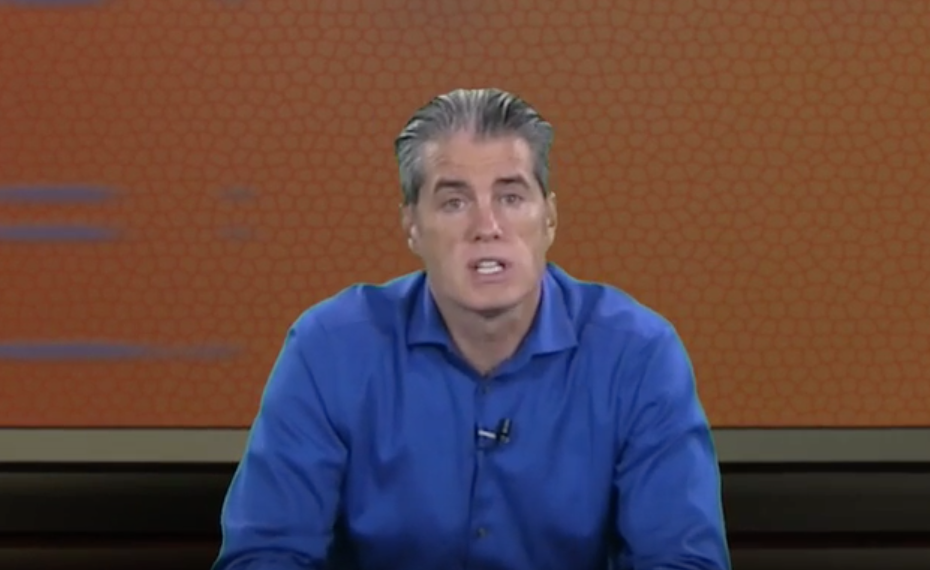Have you ever played the hurry up and wait game with your patients? As a dental hygienist and AMP coach, it is a game I am all too familiar with. When we invest in our patients to create urgency for treatment only to have insurance dictate when, if, or how that treatment may be delivered it can become frustrating.
This time of year we often get asked:
- How should we treatment plan a patient so close to the end of the year?
- What if their insurance is already maxed out?
- Do we treat the patient now when there is an out of pocket expense or wait until January when insurance may cover some of the expense?
It is almost as if we are talking out of both sides of our mouth when we convey the message to our patients that they need treatment but should wait until insurance may cover some of it in a few months. Often times we begin to tell ourselves a story or perhaps make assumptions about our patients. We begin to project our values onto others and decide for the patient that they cannot afford treatment. Interesting that an insurance mindset has been so ingrained into dentistry yet those same patients leave our office and spend an average of $380.00 on botox or other uncomfortable elective procedures! In fact, 2.4 billion dollars was spent in 2013 alone for botox.
So how do elective cosmetic procedures and surgeries relate to dentistry? The reality is if we understand our patients' value system, such as patients who are willing to go and spend hundreds or thousands of dollars per year on wants versus needs, suddenly it does not seem to make sense to monitor a problem or delay fixing it. The bottom line is we should always offer our patients the best. If we are going to diagnose and write up a treatment plan for a patient, regardless of extenuating circumstances, there needs to be urgency to get it done versus watching it get worse.
We can only tell our patients what their dentistry will be today. We do not know what the future holds or if that fracture line will cause #30 to break tomorrow but we do know procrastination is expensive! By giving the patient perspective of what the reality could be, in a straightforward and loving manner, urgency is conveyed. A power statement such as: "I can only tell you what your dentistry is today...in my experience over time it will only get worse, it will cost more, and eventually it will lead to a root canal, losing the tooth, etc" allows the patient to choose the best treatment available and steers clear of an insurance state of mind.
Urgency is key because if we do not create enough urgency to get people to action we have to start all over again. So the question becomes do we create the kind of urgency where dentistry becomes a want with a desired positive outcome or do we continue telling our patients what they need with focus on all the negative connotations? Let's stop playing the hurry up and wait game today with our patients!
Click to watch the full TV show
